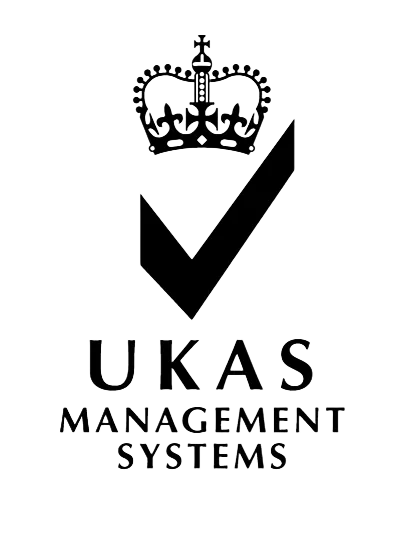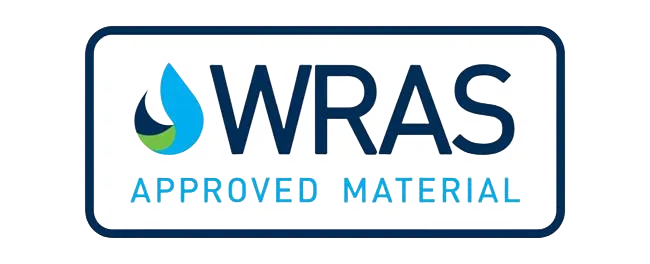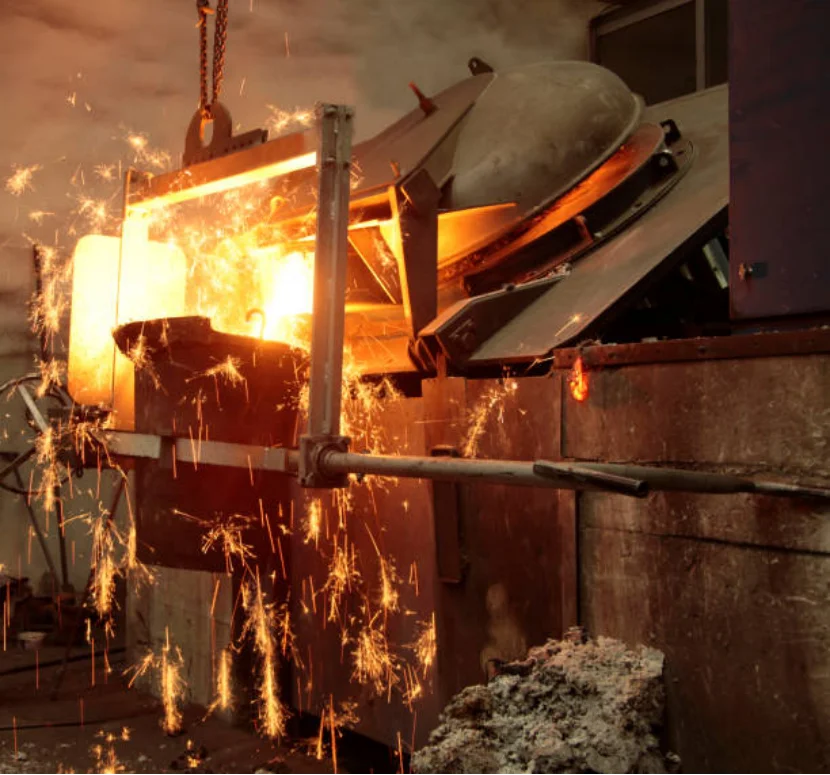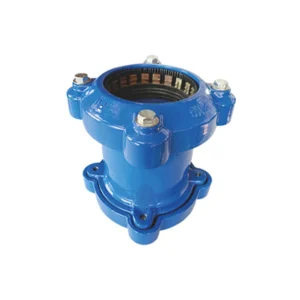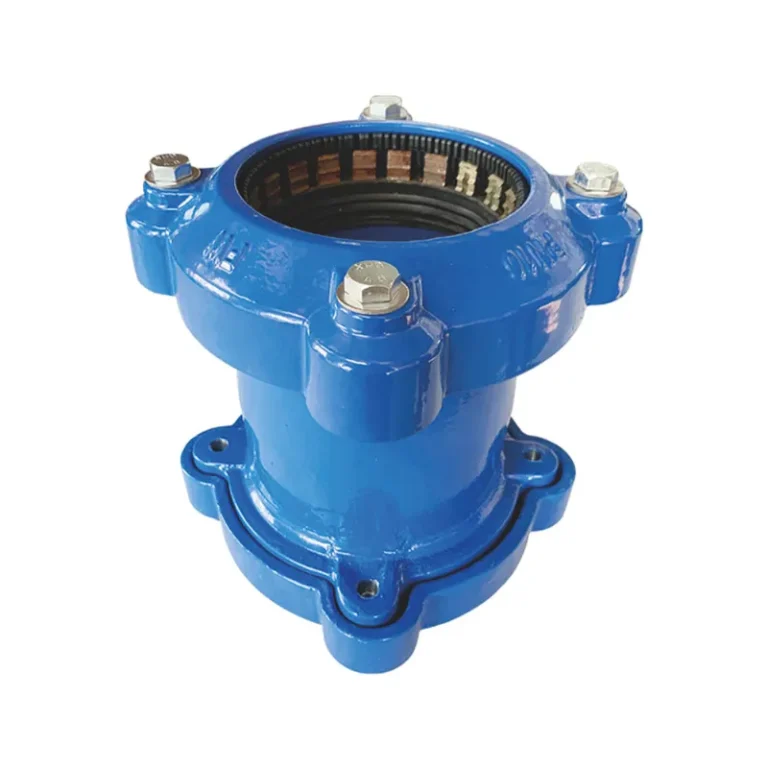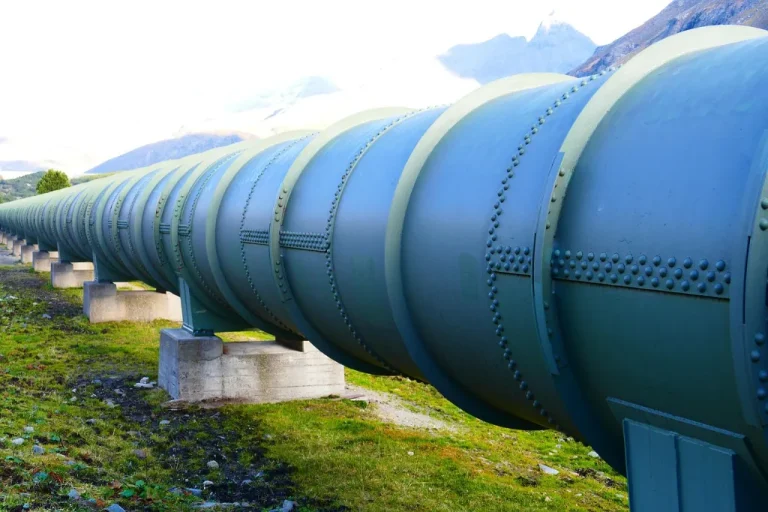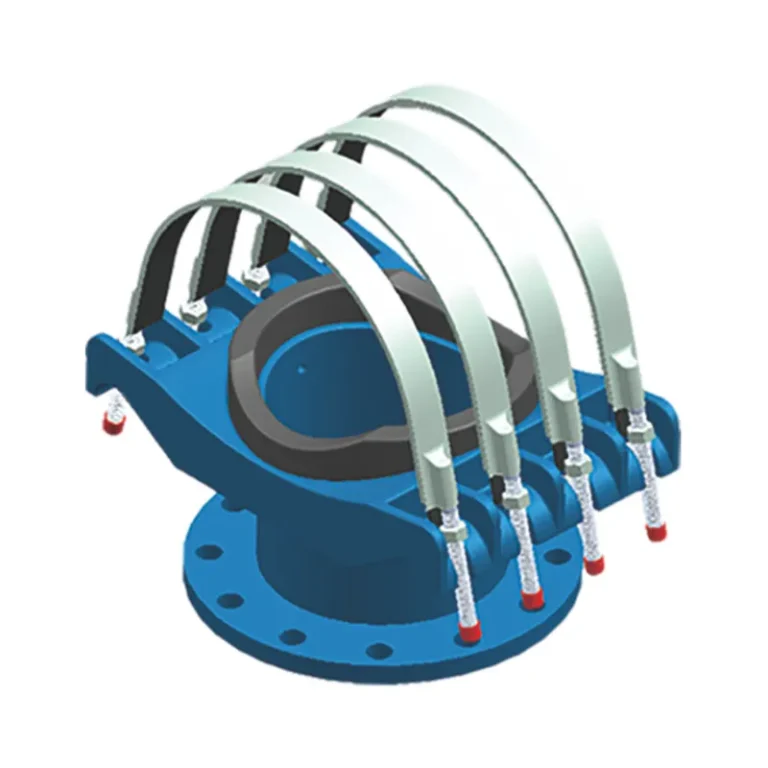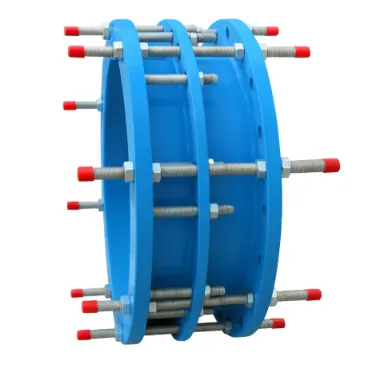Les principales différences entre le fer ductile et la fonte
Composition et processus de fabrication
Fer à fonte ductile vs fonte ont de grandes différences dans la façon dont ils sont fabriqués et ce qui est en eux. La fonte contient beaucoup de carbone. Il forme des morceaux plats et flocons appelés graphite. Ces flocons rendent le fer faible et facile à briser. Mais la fonte ductile obtient un mélange spécial. Les travailleurs ajoutent de minuscules morceaux de magnésium, de silicium et de cérium au fer chaud. Cela transforme le graphite en boules rondes, pas en flocons. Ces boules rendent le métal pliable et fort. L'ajout de ces morceaux pendant que le fer refroidit donne au fer ductile une structure froide. Il gère mieux le stress et l'étirement.
Comparaison des propriétés mécaniques
Lorsque vous regardez la force, la fonte ductile bat la fonte à bien des égards. Le fer ductile a une résistance à la traction de 60 000 à 120 000 PSI. La fonte ne peut atteindre que 60 000 PSI. En outre, le fer ductile a un point de donnée d'environ 40 000 à 45 000 PSI. La fonte n'en a pas parce qu'elle est si fragile. Cela rend le fer ductile idéal pour les emplois nécessitant une certaine souplesse. De plus, le fer ductile peut s'étirer jusqu'à 18% avant de se casser. La fonte s'étire à peine, moins de 1%, et s'accroche rapidement.
Applications de la fonte ductile et de la fonte
La fonte ductile est utilisée une tonne dans les grands projets. Pensez aux tuyaux d'eau, aux lignes d'égout et aux supports de bâtiment. Il est super dur et ne se fissure pas facilement sous pression. La fonte, cependant, est bonne pour les choses qui ne portent pas de charges lourdes. Des choses comme des couvertures de trou d'homme ou de jolies décorations fonctionnent bien avec elle. C'est dur et bon marché.
Avantages de la fonte ductile dans les applications industrielles
Avantages de la force et de la durabilité
La fonte ductile est très forte et dure longtemps. Cela le rend parfait pour les travaux difficiles en usine. Il peut gérer les taches à haute pression sans casser. Donc, il est fiable pour des choses comme les réseaux d’eau ou les tuyaux de gaz. Sa ténacité lui permet de prendre des coups sans se diviser.
Résistance à la corrosion dans divers environnements
La fonte ductile lutte très bien contre la rouille dans les endroits difficiles. Il reste fort contre les matières humides ou dures. Les revêtements spéciaux, comme les doublures en ciment ou les enveloppes en plastique, le rendent encore meilleur. Ils empêchent l'eau et les produits chimiques de blesser le métal.
Économie et prix des tuyaux en fer ductile
Tuyau de fer ductile Les prix peuvent commencer plus élevés que la fonte. Mais ils économisent de l'argent au fil du temps. Vous n'avez pas besoin de les réparer ou de les remplacer autant. Cette réduction coûte beaucoup de temps. Par exemple, les systèmes d'eau urbains aiment les tuyaux ductiles en fonte. Ils durent longtemps et fonctionnent bien.
Quand choisir la fonte sur le fer ductile
Performance dans les applications à haute température
La fonte est géniale pour les travaux super chauds où être dur compte plus que plier. Il conserve sa forme à haute chaleur. Cela le rend bon pour des choses comme des blocs de moteur ou des pièces de four.
Adaptation aux structures statiques
Pour les choses qui ne bougent pas ou qui ne sont pas très stressées, la fonte est un choix intelligent. Pensez à des balustrades fantaisies ou des décorations de bâtiment. Il est rigide, a l'air agréable et ne coûte pas grand-chose.
Analyse du fer ductile contre la fonte pour les systèmes de pipelines
Facteurs à considérer pour les systèmes d'approvisionnement en eau et de drainage
Choisir le bon matériel pour les tuyaux d'eau et de drainage nécessite une réflexion attentive. Fer ductile vs fonte est un grand choix. Les boules rondes de graphite du fer ductile lui donnent une forte traction et une puissance de flexion. Il lutte contre les fissures sous pression. Donc, c'est idéal pour les réseaux d'eau et les lignes d'égout qui poussent dur. La fonte, avec ses flocons de graphite plat, est plus faible. Il est préférable pour les tuyaux de drainage bon marché où la pression n'est pas une grande affaire.
Pour les systèmes de drainage à faible tension, la fonte fonctionne bien. C'est assez dur et économise de l'argent. Mais le fer ductile gère mieux les changements de pression. Il nécessite moins de corrections au fil du temps. En outre, ses pouvoirs résistants à la rouille réduisent les fuites dues aux intempéries humides ou mauvaises.
Le rôle du fer ductile dans les prix des tuyaux en fer ductile
Les prix des tuyaux en fer ductile comptent beaucoup dans le choix des matériaux. Ils coûtent plus à l'avance que les tuyaux en fonte. Mais leur puissance durable en vaut la peine. Moins besoin de réparations et une durée de vie plus longue économisent de l'argent plus tard. Les villes choisissent souvent des tuyaux en fer ductile pour les systèmes d'eau. Ils sont fidèles sous haute pression.
Si l’argent est serré, la fonte peut fonctionner pour des emplois à faible stress. Mais il faut réfléchir aux coûts futurs. La fixation ou l'échange de tuyaux peut devenir coûteux. Donc, équilibrez bon marché maintenant avec économiser plus tard.
Recommandations spécifiques pour les tuyaux en fer ductile, les systèmes de chauffage et les gazoducs et les oléoducs
Pour les systèmes de chauffage avec tuyaux chauds, la nature pliable du fer ductile est la clé. Il gère les petits tronçons des changements de chaleur sans se casser. Les gazoducs comme le fer ductile aussi. Sa forte traction arrête les fissures sous tension.
Dans les oléoducs avec beaucoup de changements de pression, les traits durs du fer ductile maintiennent les choses en sécurité. Cela réduit les chances de ruptures. La fonte peut fonctionner pour des pièces immobiles ou des bits à basse pression. Mais ce n'est pas bon pour les endroits en mouvement ou de stress élevé.
Tendances de la demande mondiale pour les régions
Aperçu du marché dans différentes régions
Le besoin mondial en fonte ductile est en augmentation. Il est fort et pratique pour de nombreux emplois. Des endroits comme l'Amérique du Nord et l'Europe l'utilisent pour réparer les vieux systèmes d'eau. Il faut des tuyaux durs. En Asie et en Afrique, de nouvelles villes émergent rapidement. Ils veulent des choses fortes comme la fonte ductile pour soutenir plus de gens.
Les villes partout voient la valeur des choses qui durent. Donc, la fonte ductile est un choix privilégié, même si elle coûte plus cher au début.
Insights sur les prix et la disponibilité
Les tendances du marché montrent que les prix des tuyaux en fer ductile changent en fonction des besoins locaux et de l'offre de matières premières. Mais leur pouvoir d'économiser de l'argent les maintient populaires. Les fabricants ajoutent de nouveaux revêtements cool et des options personnalisées. Cela permet de répondre aux différents besoins du projet.
Joints de conflit Service de personnalisation offre des solutions spéciales pour les pipelines. Ils s'assurent que les tuyaux s'adaptent bien et fonctionnent bien. Avec leur aide, les usines peuvent ajouter de la fonte ductile sans problème.
Questions fréquemment posées
Question : Qu'est-ce qui rend le fer ductile meilleur que la fonte pour les pipelines?
R: Les boules rondes de graphite du fer ductile le rendent pliable et fort. Il est idéal pour les tuyaux à pression, contrairement à la fonte fragile.
Question : Les prix des tuyaux en fer ductile sont-ils justifiés par leurs performances?
R: Oui, ils coûtent plus au début que les tuyaux en fonte. Mais ils durent plus longtemps et nécessitent moins de réparation. Cela fait économiser de l'argent au fil du temps.
Question : La fonte peut-elle encore être utilisée dans les infrastructures modernes?
R: Bien sûr, la fonte fonctionne pour des choses comme des couvertures de trous d'homme ou de jolies décorations. Mais il est moins fiable sous stress que le fer ductile.
Question : Comment la résistance à la corrosion diffère-t-elle entre ces matériaux ?
R: La fonte ductile lutte mieux contre la rouille, en particulier avec des revêtements tels que des doublures de ciment ou des enveloppes en plastique.
Question : Pourquoi choisir les produits Conflex Joints ?
R : Conflex Joints connaît les pipelines à l’intérieur avec plus de 15 ans de travail dans le monde entier. Contactez-les pour des trucs de pipeline personnalisés!


